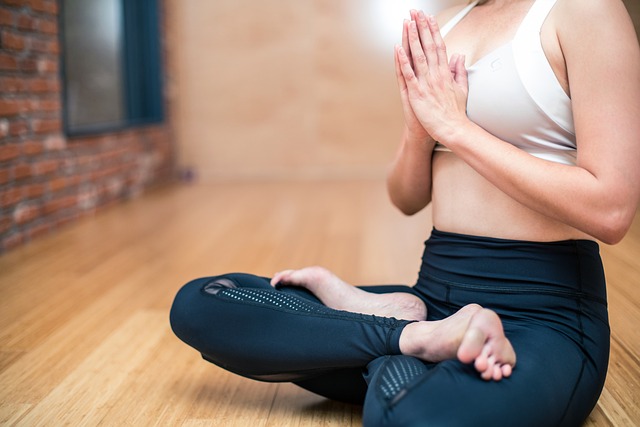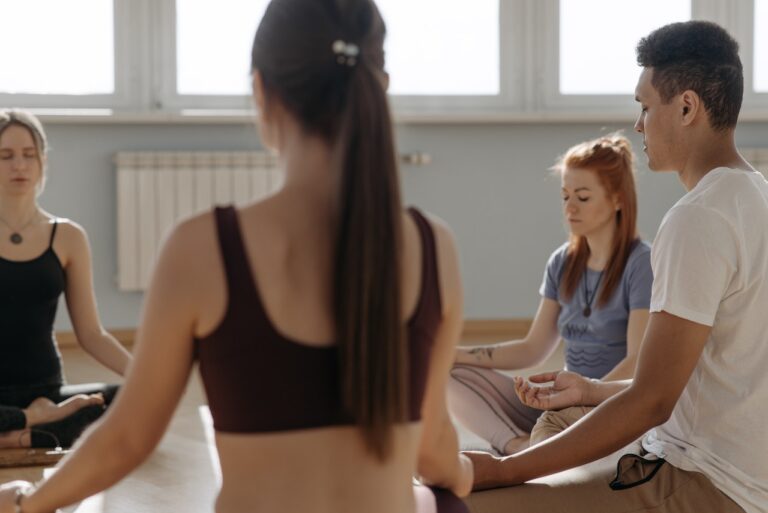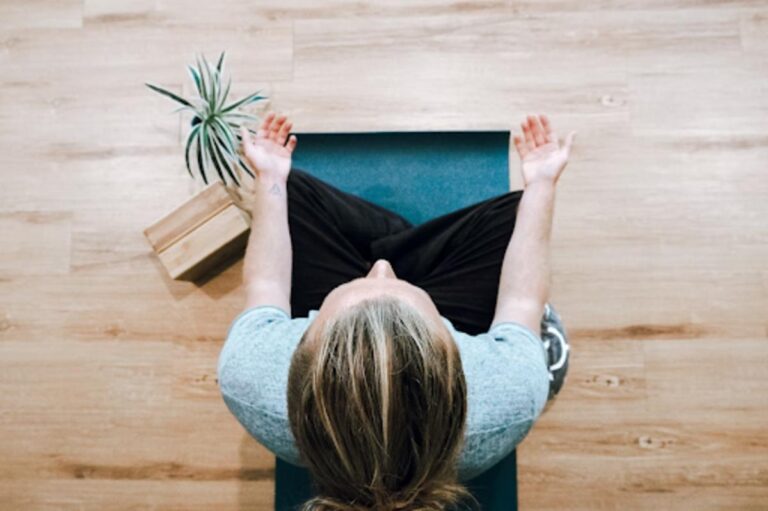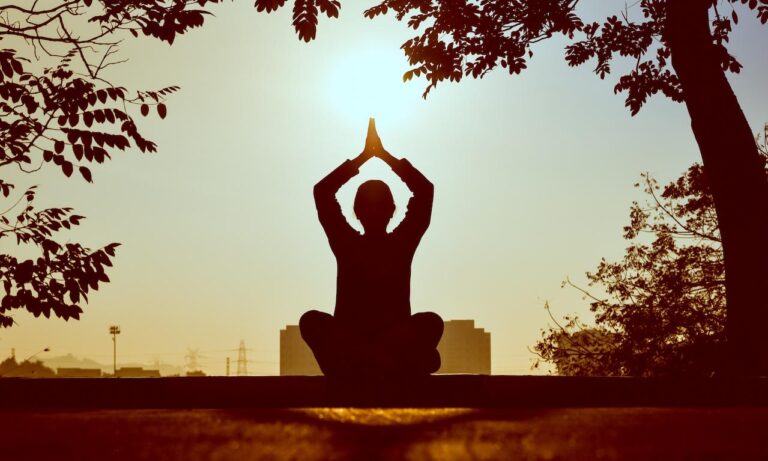In recent years, the power yoga trend has become increasingly popular, and with that popularity comes many misconceptions. Power yoga is often misunderstood, and many of the myths that surround it can be detrimental to your practice.
Power yoga has been one of the most popular yoga styles in the United States for more than 20 years. Power yoga is practiced by athletes, ballet dancers, Hollywood stars, office workers, men and women-in short, anyone can be found at the classes. In this article we will debunk the five most common myths about power yoga, so you can better understand what it really is.
Myths
The Power Yoga still hasa lot of misconceptions and myths about it. Here are some of the most common myths about Power Yoga and the facts behind them:
Myth 1: Power Yoga is just an intense form of traditional yoga.
Fact: While Power Yoga does feature more vigorous exercises than traditional yoga classes, it is also a distinct style. It incorporates elements from many different types of yoga, such as Ashtanga, Vinyasa and Hatha, as well as elements from strength training and cardio exercises. The result is a full-body workout that can help you build strength, flexibility and endurance.
Myth 2: You must already be in shape to do Power Yoga.
Fact: While being in shape can help you get more out of your practice, anyone can do Power Yoga regardless of their current fitness level or experience with yoga. All you need is an open mind and willingness to try something new! Modifications for poses are always available for newcomers to accommodate their level of fitness or any physical limitations they may have.
Myth 3: You have to keep up with everyone else in class or you won’t get anything out of it.
Fact: One great thing about Power Yoga is that everyone moves at their own pace and within their own comfort zone; there’s no pressure to keep up with anyone else if it doesn’t feel right for your body at that moment! This means that every person in class can find what works best for them while still getting all the benefits of the practice.
Students perform exactly as many asanas as they can, and only in the form that is available to them. The ultimate goal of training – not the performance of any set of exercises, and setting the breath and careful work with the body and mind. To put it very simply, you could say that power yoga helps a person simply maintain their well-being.
What is Real Yoga
Real yoga is a physical practice in a meditative state – total concentration on what you are doing. We can’t really control anything but our thoughts, but we spend the least amount of time learning to control them, even though future events in life depend on it. If we seek to master the poses in a yoga class, we are doing acrobatics.
Yoga trains applied qualities: the ability to live in an ever-changing world and stay healthy, the ability to be flexible not only physically. That’s why monotonous performance of the same sequences does not give the desired effect.
Only when you come to classes where you do not know what will happen, you learn to trust yourself and adapt to any circumstances. It helps to learn to stay calm, not criticize yourself, be grateful to your body and accept limitations. Fear of the new – both in class and in life – goes away.
These principles were laid down in the direction of Power Yoga by its founder Brian Kest and continue to be transmitted by followers who understand the true meaning of the so-called power yoga.

Conclusion
The Power Yoga trend is an incredibly popular form of exercise that has numerous benefits. Despite its many advantages, there are still some myths and misconceptions surrounding the practice. It is important to recognize that while some of these may be valid, they are not necessarily true for everyone who practices Power Yoga. Additionally, it is important to note that with any form of exercise, proper technique and health precautions should always be taken.
In conclusion, Power Yoga combines the physical aspects of traditional yoga with the more intense interval training that comes with a high-intensity workout. While it can provide a great way to increase strength and flexibility in a shorter amount of time than traditional yoga, it’s important for practitioners to remember its limitations and always take proper safety precautions when practicing this style of yoga. Additionally, individuals should take into consideration any medical conditions or physical challenges they may have prior to beginning a power yoga routine in order to maximize their potential benefits from this trending form of exercise.









